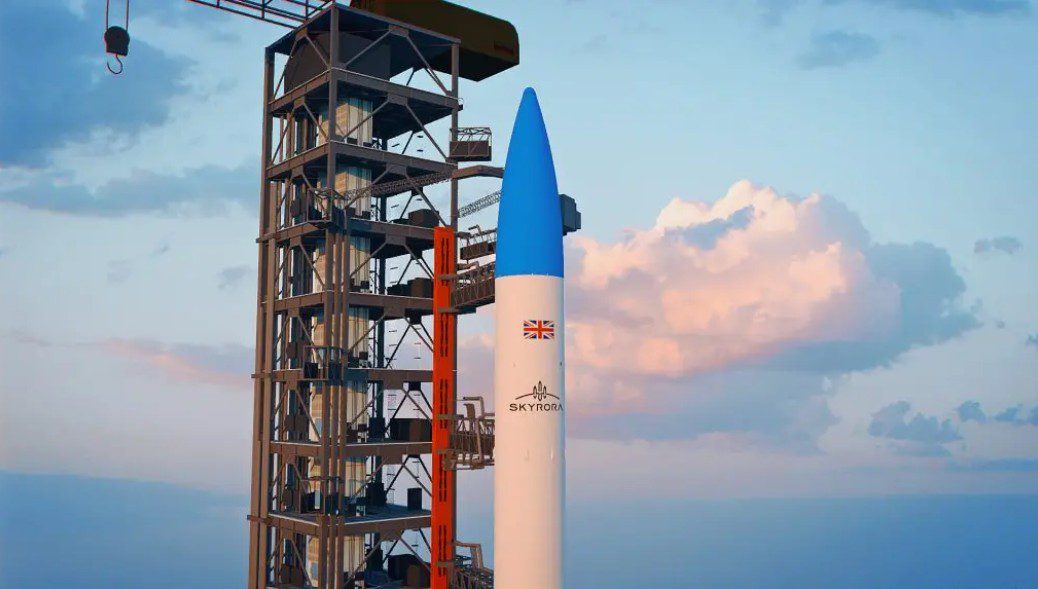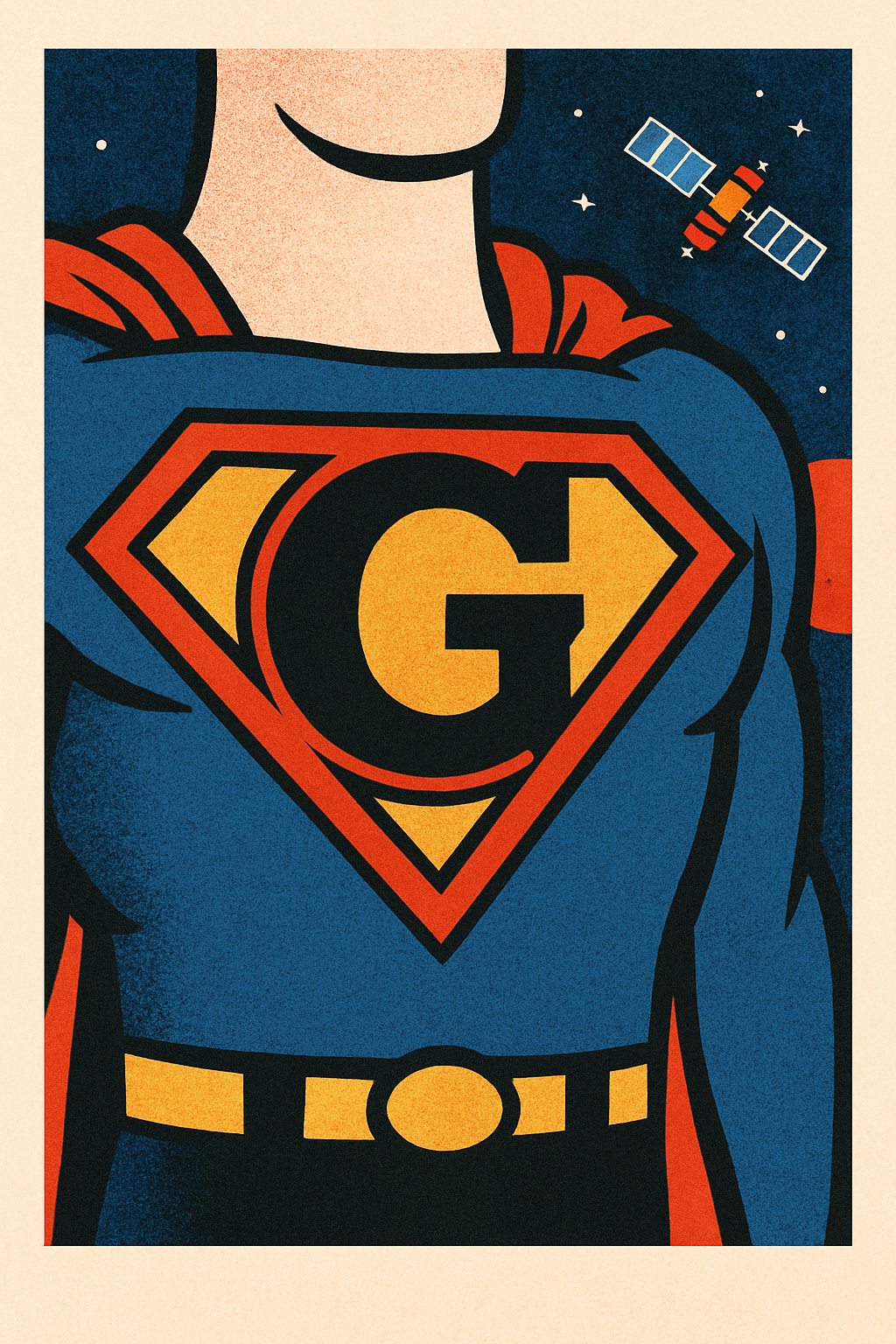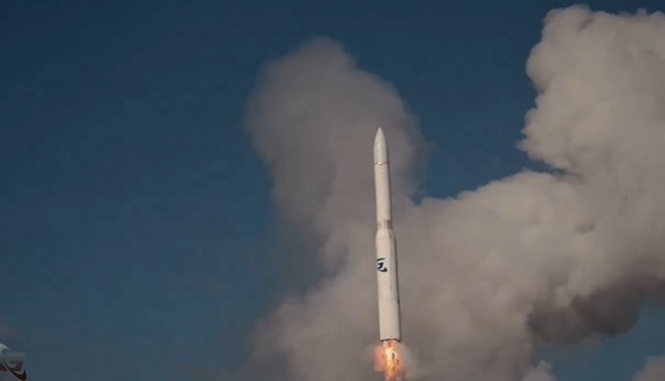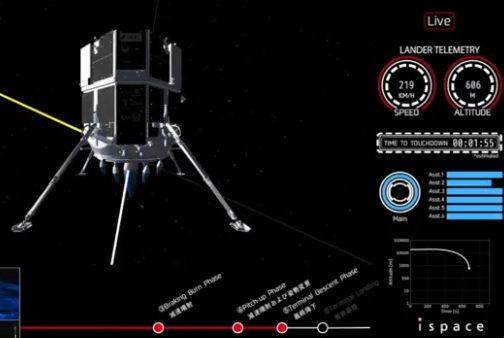Not the famous astronomer but the European Union flagship project that will deliver space based navigation services, at some point in the future and at some unknown price tag and that’s official
Today European Commissioner for transport Antonio Tajani announced (find the video here) at the midday briefing that German company OHB System had won a €566 million ($811 million) contract for 14 spacecraft but only announced €397 million worth of launch contracts with Arianespace for orbiting ten satellites and admitted he did not know what the overall project’s final price tag would be
The original price for Galileo was estimated at €3.4 billion but the years of delays, the rise and catastrophic fall of the public private partnership model and other problems too numerous to mention here – Ariane 5’s inability to launch more than three (or maybe four depending on who tells you) Galileo spacecraft – all point to a programme that has been neck deep in trouble
The EC press officer for transport told this blogger that there was no date for the purchase of the remaining six or more satellites needed to provide a minimum worldwide service though negotiations for bids would begin later this year
Twenty four spacecraft are needed to cover the globe so with the 14 ordered plus the four “In-Orbit Validation” birds already being built by EADS Astrium and the remaining notional six you get the 24. But you also need on-orbit spares to ensure continuity of service so the second contract could be for eight or more
What this means is that despite the claim today of a 2014 operational date that can only be for a partial service and it certainly won’t include the safety of life service that aerospace users need…
Even the partial service provision will require users to have receiver terminals that can use US Navstar GPS signals or conceivably Russia’s GLONASS. This is so they can be used to augment the gaps in Galileo coverage to ensure an accurate fix on their location
The other surprise was the announcement today that the full Galileo constellation will be 32 spacecraft
In October last year OHB chief executive Fritz Merkle told Hyperbola that his company, and their competitor Astrium, had been told by the EC that they had to place a further bid where there are only 22 satellites to build with two tranches, one for 14 and the other eight spacecraft. With the four IOV satellites from Astrium and the use of the two “Galileo In-Orbit Validation Element” test spacecraft already in orbit (built separately by the UK’s Surrey Satellite Technology (SSTL) and Astrium) this made a constellation of 28 – four more than is necessary
This rethink on the constellation would have made sense with a goal of keeping costs low but the decision to have 32 satellites and Tajani’s comments about the overall cost still being assessed at this time means that Galileo’s price is about to rocket, if you’ll excuse the pun
In the past Hyperbola had been told that having competing companies would help reduce prices to avoid the ballooning costs caused by the years of delays – Galileo was originally to have come into full operation in 2008
However at the Paris air show EADS Astrium warned that splitting the procurement between two companies would hike costs by 40%. Whatever the cost increase is, Tajani’s admission that the total funding needed is is still being assessed shows that EADS was right and EU member states were wrong or disingenuous
While the BBC gives an estimate of €5 billion (a figure just above the 40% increase EADS claimed) for the final price the other big factor in this is the launch schedule
The Arianespace contract announced for five launches at €397 million comes to a per launch cost of €79 milllion. This is pretty much the price for a Samara Space Centre Soyuz 2-1b rocket to fly from the new launch site in Sinnamary, French Guiana – slightly more than I’ve been told but then it is covering launches over years so inflation has to be included
With a first launch from Sinnamary in October 2012 for OHB’s spacecraft the schedule of delivering one satellite every six weeks means a twin-spacecraft Soyuz launch every three months essentially until April or May 2014 – depending upon how you count those six week lead times
This means the Sinnamary launch site will be permanently busy with Galileo launches from August/September 2012 onwards. That is a problem because Arianespace has commercial as well as European government (aka institutional) customers
When this blogger asked Arianespace during the recent trip to French Guiana how many of the company’s ten Sinnamary Soyuz orders were for Galileo and how many for commercial customers – the July 2010 maiden Soyuz flight from Sinnamary is to launch the UK’s Avanti Communication’s Hylas satellite – they did not answer
In the past, uncharacteristically, the European Space Agency has publicly blamed Arianespace commercial payload sheduling for its own launch delays
While Ariane 5 might be a schedule saving alternative the EC tells Hyperbola that the Ariane price to launch four spacecraft (the maximum it can launch) is €167 million. With a double launch price that is almost €10 million less than Ariane it is clear that Soyuz is probably going to be the winner unless there is a major schedule conflict
However Baikonur launches could be used and they cost much less, almost half as much apparently as Sinnamary Soyuz launches. That is what the Italian Space Agency told this blog. When I asked Arianespace how much Baikonur Soyuz launches were the manager that had told me the Sinnamary price said he “could not remember”
And scheduling conflicts there could be, as the EC may have more satellites than 18 come 2014
In a bizarre case of Euro double-speak the EC press release states
“The remaining satellites will be procured in subsequent work orders, each time from either OHB or EADS-Astrium depending on which company provides the most advantageous offer. The Commission intends to follow a strategy of double sourcing to lower risks, particularly in terms of delivery timings, and increase flexibility”
So the EC wants to buy from both BUT will always go with the best deal. That might make you think that if OHB has won first time round, it could win everytime. But does it have the production capacity?
If the EC is to start negotiations for the next eight or fourteen spacecraft (assuming it can resolve the medium term budget crunch with EU member states) perhaps a deal can be done for the next batch during 2011 with a 2013 delivery of the first second tranche spacecraft
Astrium could win on the grounds of production capacity and delivery timings, with a hefty extra investment by the French and German governments in the new shiny bigger price tag. So Hyperbola will say it now, whatever the number of satellites for Galileo space segment tranche two, it will be Astrium that wins it. Probably with SSTL payloads – the company is providing OHB with its Galileo payloads
That then means the EC has a number of extra satellites being delivered to Arianespace in 2013 and very probably double the number now predicted for delivery in 2014. Are the Galileo nations ready to fork out what will be needed to launch all of these to reach the worldwide operational minimum constellation quickly? And is that what Tajani meant by launch costs being a big cost growth driver? Or will they take a slower cheaper route with a big warehouse for the unlaunched spacecraft?
Because at the moment it looks like the world will not see a safety of life service signal for the likes of aviation until about 2020
What is true for Galileo is that the story has not yet ended and the political ramifications for what must be spiralling costs have yet to hit home






